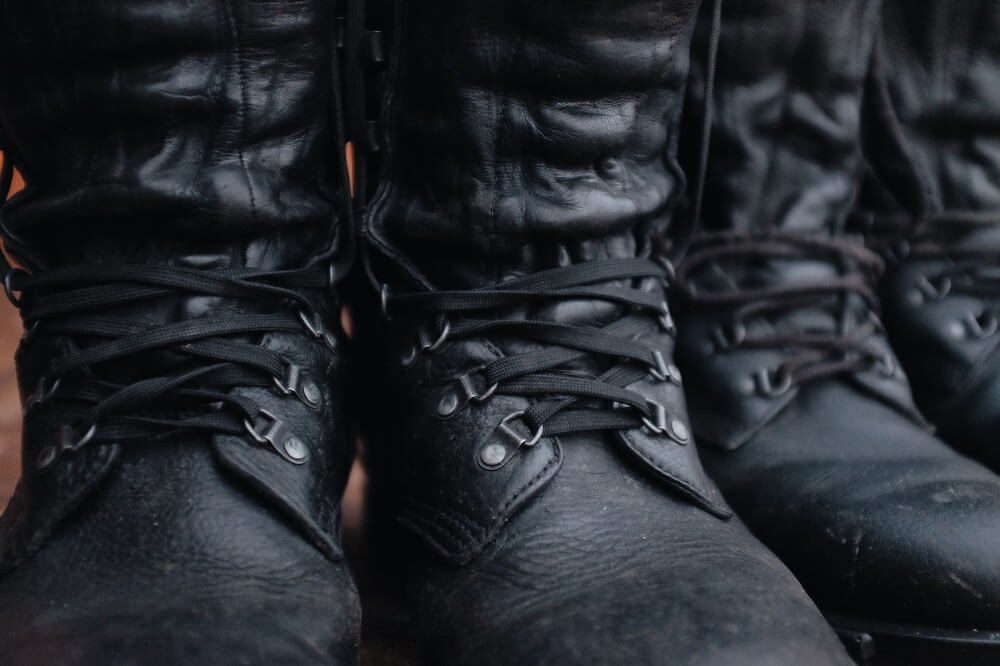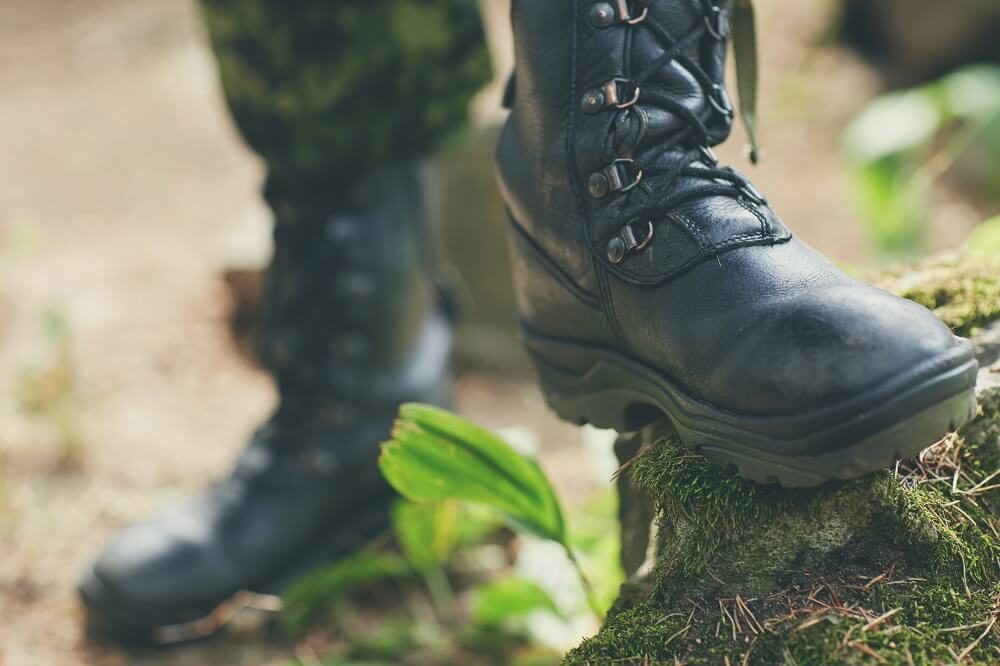Table of Contents
If you’re looking to buy tactical boots, you need to familiarize yourself with their key features. Since they are typically designed to provide exceptional mobility, they often boast comfort features.
However, they don’t lack durability features either, as they are made for tough conditions. Since they are often used for walking on challenging surfaces, tactical boots must provide exceptional traction and support. Want to know more and make the best choice? Keep on reading!
What Are Tactical Boots?
Tactical boots are typically worn by military personnel, law enforcement, firefighters, security professionals, paramedics, and other occupations that demand outstanding comfort and protection. They are designed to prevent fatigue while keeping your feet safe and secure.
However, now, many people wear them in casual events because of their stylish look, comfort, and weight. TThat’s especially true for ladies – they love wearing women’s tactical boots as a statement piece
What Are the Key Features of Tactical Boots?
If you’re looking to buy tactical boots, there are several vital features you should look for, such as traction and support. However, you may want to look for additional qualities, such as waterproofness, depending on your climate. Without further ado, let’s uncover the essential features of tactical boots.
1. Traction
Since tactical boots are primarily designed for military personnel and law enforcement, they need to offer exceptional traction to keep a solid grip on challenging terrains. Traction includes two elements – the outsole material and the traction pattern.
The outsole material refers to the materials outsoles are made of. Here, rubber outsoles still reign supreme. However, they are often mixed with PVC to increase their durability.
The traction pattern refers to how the outsoles are formed. Depending on which surfaces they are meant to grip well on, tactical boots usually have a combination of deep lugs (for soft ground) and broad pads (for flat, hard terrain).
2. Support
Tactical boots are typically very supportive. The support refers to the design details that secure your foot and ankle into your boot. These keep your foot from slipping off of the footbed. That, in turn, reduces the chances of ankle injuries. Look for a flared sole, a heel counter, and reinforced sidewalls.
3. Comfort
Tactical boots must be comfortable as they are typically used for long periods. The design and weight of tactical boots impact the overall comfort they offer. The best tactical boots have an ergonomic design and aren’t too heavy. They protect your feet without sacrificing comfort. Moreover, these boots often feature cushioned footbeds and EVA and PU midsoles for added comfort and shock absorption.

4. Flexibility
Good tactical boots have firm but adaptable soles that can handle challenging terrain. They also include flexible ankle supports that allow for maximum range of movement.
Rigid boots are often very uncomfortable – a heavy disadvantage when considering the distances covered by law enforcement and military personnel. But a more flexible boot can prevent fatigue.
5. Weight
Tactical boots are usually lightweight, but that’s not always the case. Boots with more protective features are typically heavier, but they feel more stable and grounded than lighter boots. Lightweight boots tend to feel more flexible and agile.
When buying tactical boots, consider your weight. If you’re on the heavier side, go for heavier boots, as these will be more stable and supportive for your ankles and feet. On the other hand, heavier boots will feel cumbersome if you’re lightweight, but lighter boots will work well.
6. Durability
Tactical boots are meant for tough conditions, and as such, they need to be durable. Materials used in their manufacture play a critical role in durability. Leather, Gore-Tex, and nylon are popular materials for tactical boots as they are exceptionally durable.
7. Breathability
Many tactical boots have breathable panels made of engineered mesh and other fabrics to ensure good airflow. You’ll see this more often in tactical boots designed for warmer weather. However, good breathability usually means you lose some waterproofing, so consider that when you go shopping.
8. Waterproofness
Many tactical boots are made of waterproof leather and include a Gore-Tex membrane. That helps keep your feet dry and warm in wet conditions. However, excellent waterproofing can sacrifice some of the breathability. For that reason, you should consider what you will be using them for to get the best experience.
9. Protection
All tactical boots will give your feet some protection, but some manufacturers go the extra mile with additional features to make their boots useful for various applications. For example, many modern tactical boots have ASTM F2413 protection ratings. That’s a set of industry standards that indicate the level of protection of safety boots. They often include puncture resistance, impact protection, and electrical shock protection.
10. Insulation
Tactical boots made for colder climates are typically insulated. Insulation comes in various degrees to suit different weather conditions, starting from 200 grams of insulation going up. More insulation means more protection from cold weather but less mobility, and vice versa. So, make sure you choose the appropriate insulation (or no insulation) depending on the climate you intend to wear them in.
11. Safety Toes or Soft Toes
Most tactical boots come with soft toes as they are often made to be lightweight and keep your feet comfortable. The added weight of safety toes can affect your endurance and performance. Although it doesn’t seem like much at first, you would feel the extra weight of safety toes once you’ve been on your feet the entire day.

Tactical boots are designed to keep you mobile. For that reason, they often don’t have safety toes. However, some tactical boots feature safety toes. These are often designed with special requirements and missions in mind.
Choose the Tactical Boots with the Right Features
After reading this article, you have a good idea of what features you should look for when buying tactical boots. As they are designed with high mobility in mind, they typically include many comfort and flexibility features, such as cushioned footbeds and flexible outsoles. Their outsoles often provide exceptional traction, as they are used for walking on challenging terrains.
On top of that, they are usually made to be durable, as they are used in tough conditions. They can also offer waterproofness or breathability and insulation or no insulation, depending on the climate they are made for.
When choosing your tactical boots, consider what you plan to use them for and where, as some will work better in some conditions, while others will be better for other circumstances.

